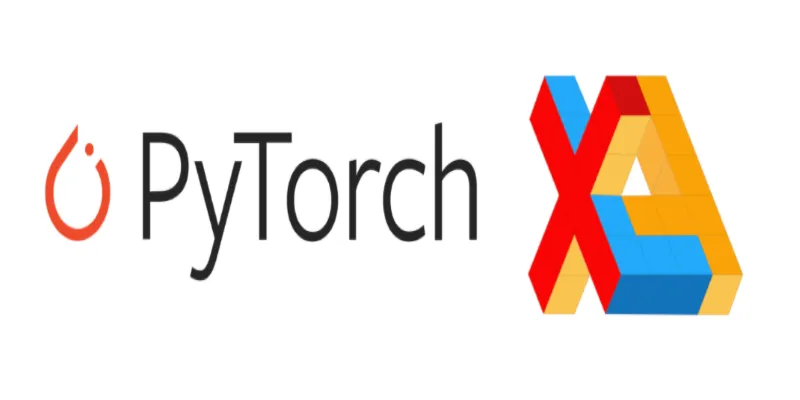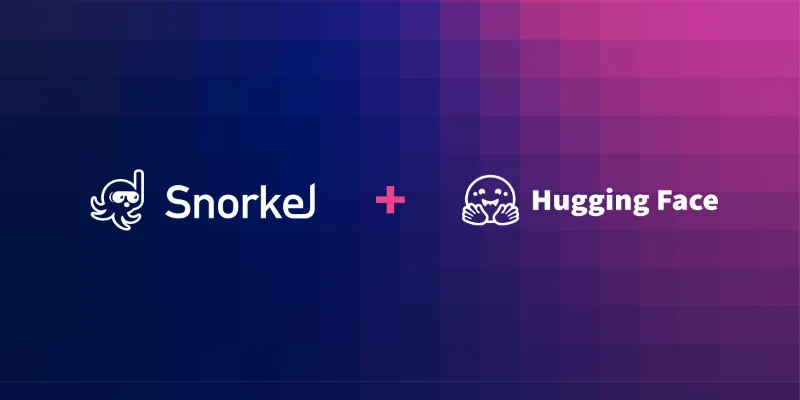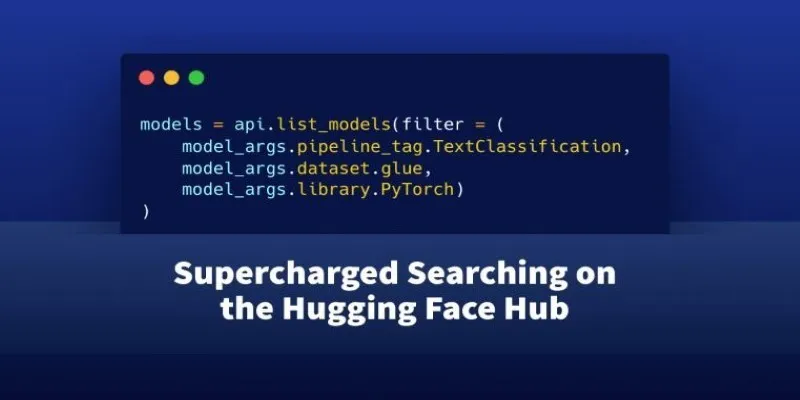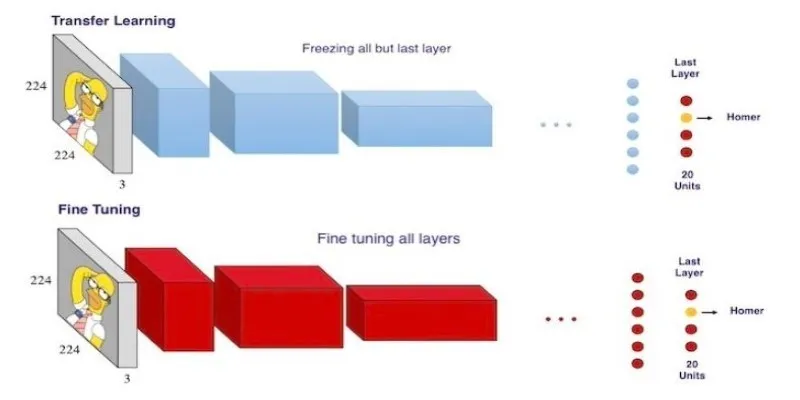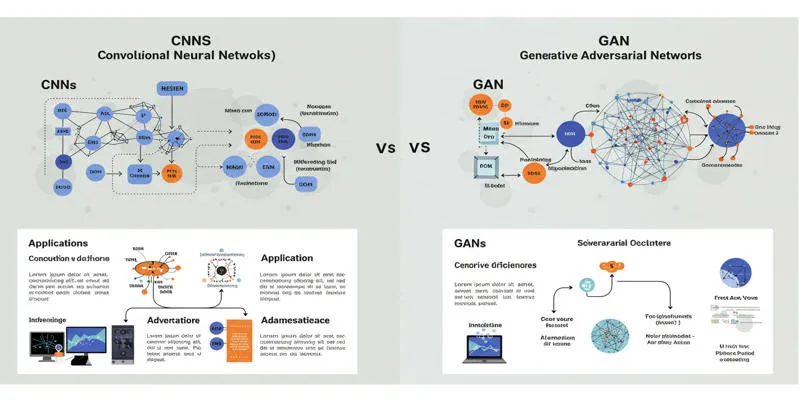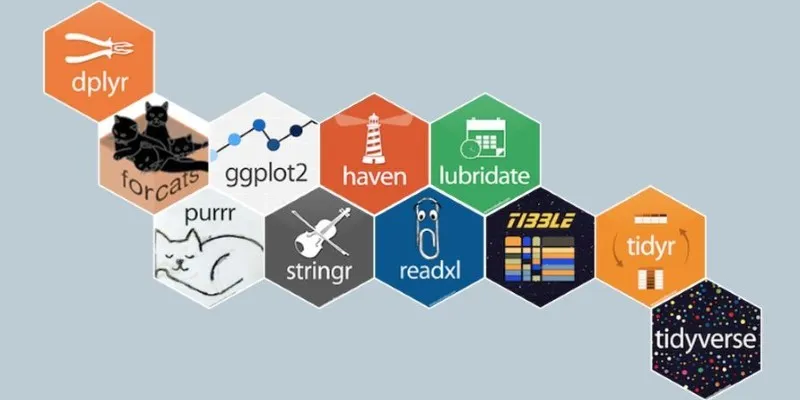When most people think of Hugging Face, the Transformers library often comes to mind. While it deserves recognition for making deep learning models more accessible, there’s another crucial aspect of Hugging Face that merits attention: inference solutions. These tools do more than just run models—they simplify deploying and scaling machine learning, even for those not deeply involved in MLOps.
In this article, we’ll explore how Hugging Face supports inference, from hosted APIs to advanced self-managed setups. Whether you’re working on a hobby project or scaling thousands of requests per second, there’s a solution for you. Let’s dive into the practical details, the workings, and what you can achieve with these tools.
Understanding Model Inference
What Is Model Inference and Why It Matters
Before discussing Hugging Face’s tools, it’s important to understand inference. Put simply, inference is the stage where a machine learning model is utilized. After training the model, you input new data to get results. Whether asking a language model a question, classifying images, or translating text, you’re performing inference.
This stage presents real-world challenges: How do you serve predictions with low latency? How do you scale without escalating costs? What happens if your model crashes under traffic spikes?
Hugging Face’s inference stack addresses these challenges—not just running models, but doing so reliably, efficiently, and with minimal effort on your part.
Exploring Hugging Face’s Inference Solutions
1. Hosted Inference API

Simple, Clean, and Managed
The Hosted Inference API offers the most hands-off option on Hugging Face. It’s ideal for quick results without the hassle of setting up your infrastructure. Select a model, hit “Deploy,” and get an API endpoint. Hugging Face manages everything behind the scenes—hardware, scaling, maintenance. You send HTTP requests and receive responses.
Thousands of models are supported directly from the Hub, including text generation, image classification, translation, and audio transcription. Custom models are welcome if uploaded to your private space.
What You Get:
- Automatic scaling: No need to worry about machine requirements.
- Security features: Built-in token authentication.
- Consistent latency: Fast results, especially for lightweight models.
This option is excellent for testing ideas, building MVPs, or even production setups if you’re okay with some trade-offs on flexibility and price.
2. Inference Endpoints
Your Model, Hugging Face’s Hardware
For more control with a hosted solution, Inference Endpoints might suit you better. Deploy any model from the Hub (or a private model) as a production-grade API. Unlike the Hosted Inference API, you can choose your hardware, region, and scaling policy, which is beneficial for applications needing GPUs or adhering to data residency rules.
Key Features:
- Custom hardware selection: From CPUs to A100 GPUs.
- Auto-scaling: Configure min and max replicas.
- Private models support: Ensures security and confidentiality.
- VPC peering (Enterprise users): Useful for private networking needs.
While you don’t manage the infrastructure, you have more control over its behavior, making Inference Endpoints ideal for production workloads where latency, consistency, and privacy are critical.
3. Hugging Face Text Generation Inference (TGI)
Built for Large Language Models at Scale
Text Generation Inference (TGI) is an open-source server designed for running large language models like LLaMA, Mistral, and Falcon. It’s optimized for serving text generation workloads efficiently.
TGI supports continuous batching, GPU offloading, quantized models, and other optimizations to reduce memory usage and latency. For models with billions of parameters, TGI offers an efficient deployment solution, whether on your infrastructure or within Hugging Face’s managed service.
What Sets It Apart:
- Continuous batching: Groups requests to save compute cycles.
- Token streaming: Displays generated text as it appears.
- Quantization support: Runs models in lower precision for speed and reduced memory use.
- Production-ready server: Built in Rust for performance optimization.
Although setup is more involved, performance gains are significant, especially for high-throughput, low-latency workloads.
4. Hugging Face Inference on Amazon SageMaker

Full Customization on AWS
For teams working within AWS, Hugging Face provides containers preloaded with Transformers and other libraries, deployable as endpoints using Amazon SageMaker. This option offers full control without managing dependencies or setting up Docker from scratch.
You’ll have access to SageMaker’s suite of tools—auto-scaling, monitoring, logging, and version control—paired with Hugging Face’s model support.
Notable Benefits:
- Integration with AWS IAM and security tools
- Support for distributed inference
- Built-in monitoring through SageMaker Studio
- Custom scripts and entry points
This setup is ideal for teams with complex deployment needs or regulatory requirements and enterprises aligning machine learning with their cloud strategy.
Conclusion
Hugging Face offers more than just models—it provides the tools to use them effectively in production. Whether you prefer a plug-and-play API, a managed endpoint for reliability, or fine-grained control of custom infrastructure, there’s a solution for you.
Each inference option caters to specific needs. The Hosted Inference API is great for getting started quickly. Inference Endpoints offer a balance between flexibility and convenience. TGI is tailored for scaling large language models. SageMaker support is perfect for deep integration with AWS.
 zfn9
zfn9
